
By Paul Edwards (Fr. Paul)
WALKING THE CHARTRES VIRTUAL LABYRINTH
(This article has been updated on 10/11/2013. The original article can be found here)
The use of the word "virtual" is from its traditional definition of "existing or resulting in effect or essence though not in actual fact, form, or name," as opposed to its more contemporary association with digital environments which should be classified as "computer based".
The Labyrinth is the most powerful spiritual exercise that enables a person to access their innate Presence through the conscious heart and never through the rational head. It is purely spiritual. It is for all faiths even atheists. When one walks it they bring their own religious theology with them. You can have your own personal labyrinth to walk any time, in any place and under any circumstance. It is a "Virtual Labyrinth".
The key to walking a virtual labyrinth is to discover the "labyrinth shuffle". The shuffles must be caught, not taught. Trying to describe the shuffle in lieu of doing it is very difficult. The shuffle must be taught through experience rather than by theory. As we walk a labyrinth regularly we will begin to get a feel for being in the Presence. Once we get this feel, we will be able to access this Presence at other times and places, under any conditions.
The walk is not an aimless stroll. There are principles behind it. When a person is feeling insecure, they will think, feel and act differently, than when they are sensing the Presence of God's Peace. As one enters the Labyrinth, moving towards the center, they begin to examine issues and struggles out of the Presence. The loops and curves of the labyrinth tend to take a person out of their head and into their heart to sense this presence within. Walking out from the center they will have new insights created by this inner presence they could not have when they are not in this experience.
THE PSYCHOLOGY OF A LABYRINTH
The basis for psychology is a person must find what they are looking for inside not outside themselves. Within all of us is a sense of Peace, Love and Joy that is not ours. In this presence we will have a wisdom we cannot have when we are out of the presence and in a low and down mood.
HEALTH CARE AND THE VIRTUAL LABYRINTH
Walking a virtual labyrinth offers an inventive new way to assist care givers to lead clients to fullness of health. Core groups would be trained to lead others in the walk. They would not have to be therapists. The therapy is already installed in the labyrinth. It can be walked daily in any place, with any number of persons, under any conditions led by any members of a trained core team. Ultimately those who found it to be effective would soon learn to take it with them when they leave the center. Also a virtual labyrinth does not cost anything to install nor does it take up any permanent space.
The labyrinth is self-correcting. Walking into the center one will take their issues such as a post-traumatic stress disorder with them. It can be a major tool in hospitals as people work through their emotions after learning they have an inoperable or terminal disease such as cancer. The virtual labyrinth can ease those with pre or post operational stress and anxiety. Stress can cause issues of high blood pressure, heart disease and diabetes. It is used as an unhealthy excuse for smoking, alcohol, drug and food abuse.
Once outside the core leader will have them share their experiences. As the group regularly continues to meet and walk they become a valuable support group for one another.
Here is the best way to learn to take the diagram to heart from “Karen’s Labyrinth Web Page”.
“I thought it would be really cool to memorize the Chartres Labyrinth pattern but I thought it was impossible; the pattern was too complicated. I came upon Fr. Paul Edwards, he had the idea you could walk it anywhere, with nothing to lay out. Fr. Paul's idea is to break the complex pattern down into basic building blocks called 'shuffles'. After reading his treatise, I lay in bed thinking with my eyes closed, and after an hour, I realized that I had the pattern memorized! I couldn't believe it. I got up and drew a line representing the path from memory, and then compared it to a photo of the Chartres labyrinth. It matched. By memorizing a little bit at a time, and then putting it together, you can memorize what at first looks like an impossibly daunting and complicated pattern.”
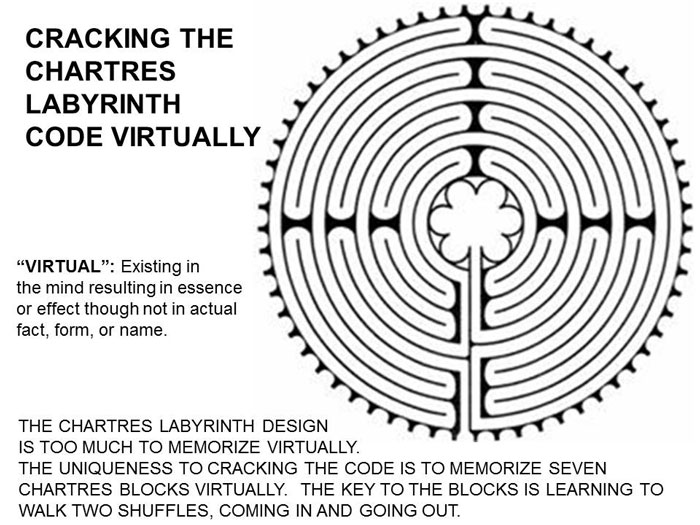
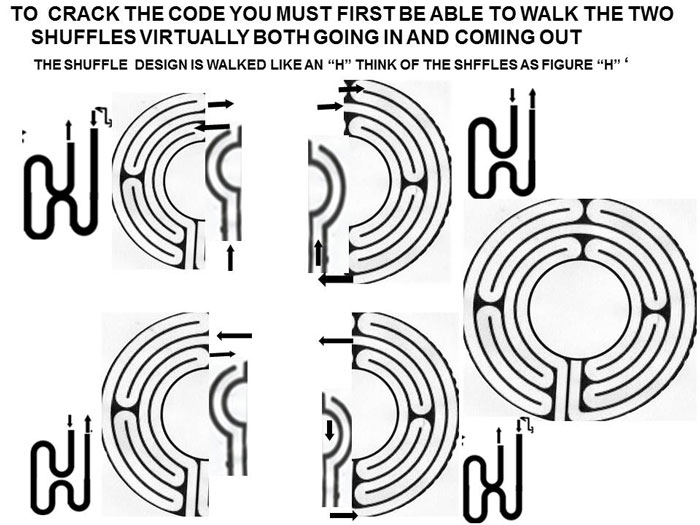
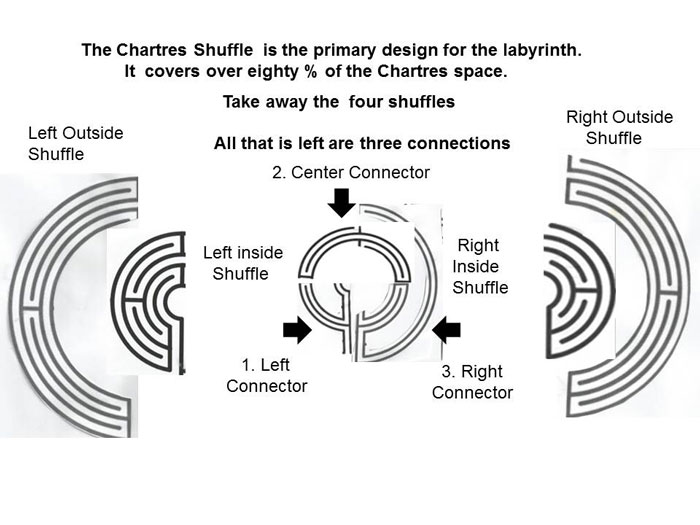
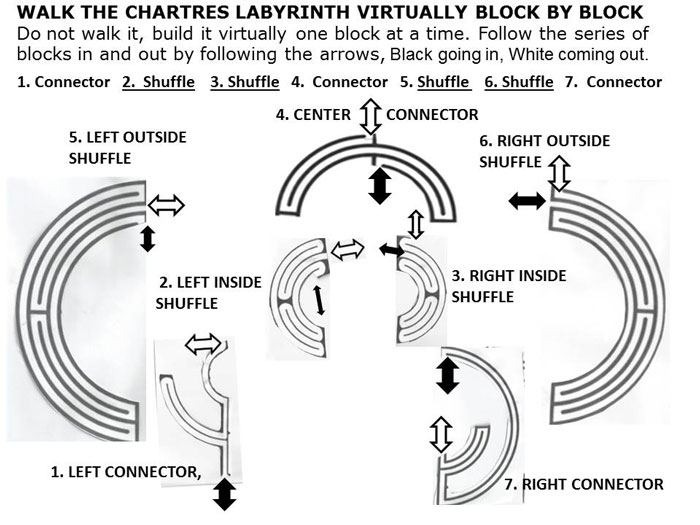
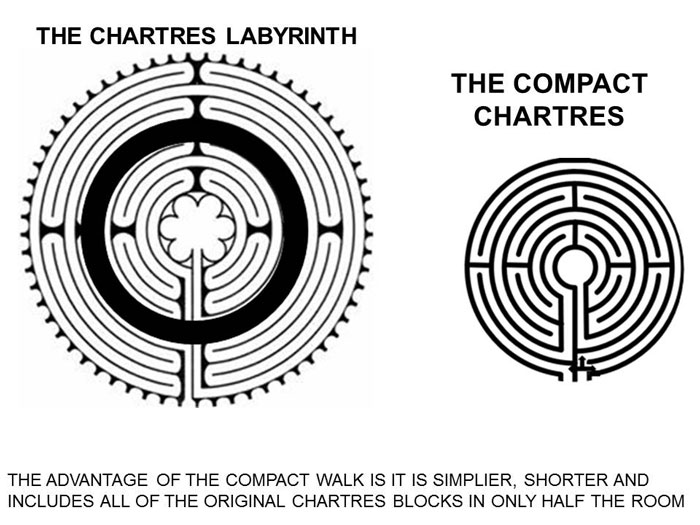
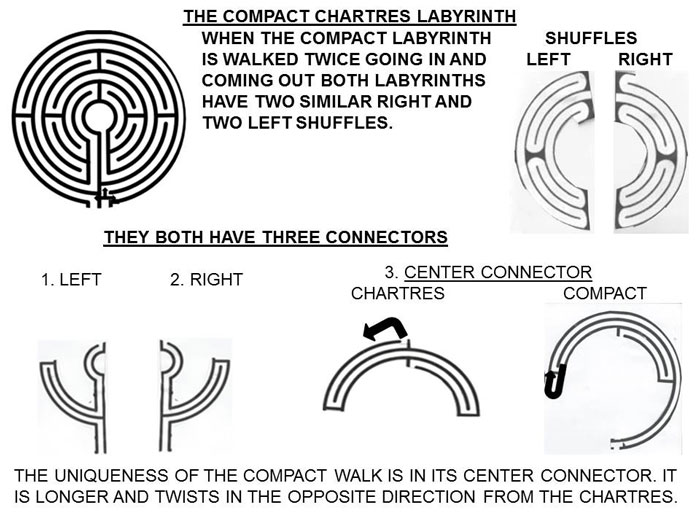
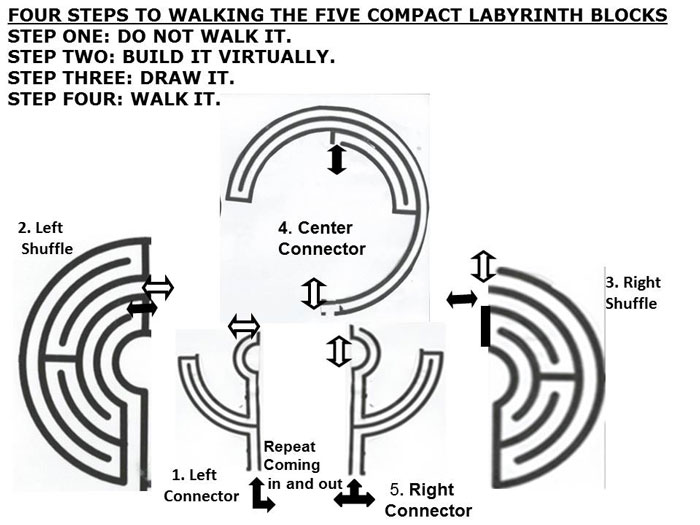
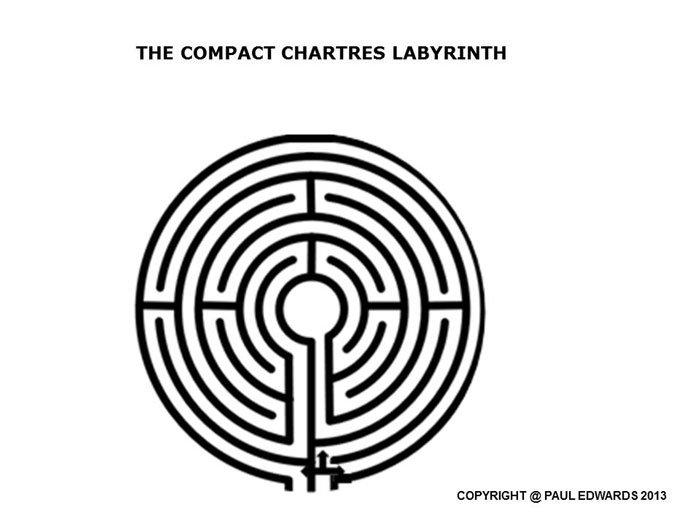

Comments (0)